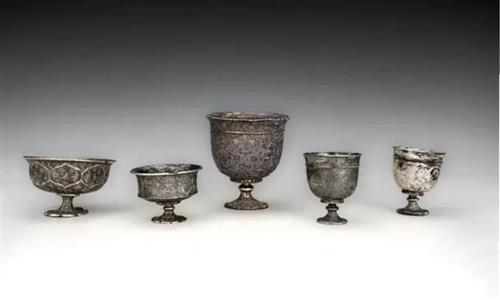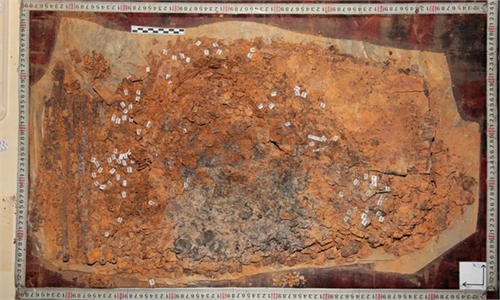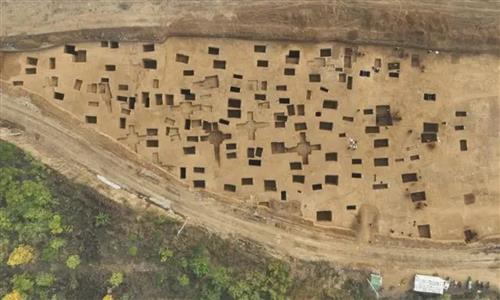ARTS / CULTURE & LEISURE
665 clay seals unearthed in NW.China, most new discoveries

Clay seals unearthed at the Zhangyan site in Northwest China's Shaanxi Province Photo: Courtesy of the Shaanxi Provincial Institute of Archaeology
A total 665 clay seals were unearthed at the Zhangyan site in Northwest China's Shaanxi Province recently, most of which were new discoveries. The seals provide valuable physical evidence for further research into the administrative system of Western Han Dynasty (206 BC-24 AD) commanderies, Zhang Yanglizheng, a representative of the Shaanxi Provincial Institute of Archaeology, told the Global Times on Monday.
The Zhangyan site is located at an elevation of 445 meters in a flat area. Several other Han Dynasty-era (206BC -AD220) sites and burial grounds have been discovered within a 2-kilometer radius of the site.
"The most important discovery in this excavation was the Western Han settlement site and the unearthed clay seals," Zhang noted.
"The 665 clay seals were concentrated in 18 pits, many of which are similar to the C-type seals found at the Hanyang tomb complex. A few show traces of bamboo, wood, or impressions from soft materials such as sealing pouches on their backs," he said.
The inscriptions on the clay seals can be categorized into five types: officials of Anling tomb commandery, specialized agencies, grassroots organizations below the county level, private seals, and others. Many of these seals are new discoveries, with the majority belonging to officials of the Anling commandery and grassroots organizations below the county level, according to the Xinhua News Agency.
In addition to the clay seals, the site also revealed the layout of the settlement, which includes road and water systems, residential areas, industrial remains and children's burials.
The connection between the objects found at the site and a large avenue, along with their link to other surrounding Han Dynasty sites and cemeteries, has aided in constructing the spatial layout and context of the remains around the Anling tomb district. This approach provides a basis to further advance research into the Han Dynasty township system in the Guanzhong region.
The Zhangyan site reveals that the settlement was divided by roads and ditches, with a 41-meter-wide east-west road running through the site. The residential area includes 80 structures, comprising both semi-subterranean and surface dwellings. The surface dwellings are arranged in neat rows, with the largest courtyard-style house covering an area of 960 square meters. The settlement is surrounded by numerous pits and wells, and evidence of various handicrafts, such as pottery making and coin casting, has been found.
"Based on excavation data, it is speculated that the Zhangyan site was a village-level settlement under the jurisdiction of the Anling commandery. The discovery and excavation of this level of site is extremely rare," said Zhang.
"This discovery provides a foundation for studying the organization, management, and economic and cultural aspects of grassroots institutions during the Qin-Han period."
"The current focus of our archaeological work is to study the material cultural remains left by ancient humans to reconstruct ancient society. This has significant spiritual value, as it helps in the protection and transmission of cultural heritage," Zhang Yin, an expert in Qin-Han archaeology from Shaanxi Normal University, told the Global Times.



